Peanuts, known as “huāshēng” (花生) in Chinese, hold a special place in both Chinese cuisine and culture. These versatile legumes offer a wide array of health benefits, making them not only a delicious snack but also a nutritious addition to many traditional Chinese dishes. In this article, we will explore the rich history, nutritional value, and culinary uses of peanuts in Chinese cuisine. **History and Cultural Significance:** Peanuts have a long history in China, dating back thousands of years. They are believed to have originated in South America and were introduced to China via the Silk Road during the Tang dynasty. Peanuts quickly became a staple in Chinese agriculture and cuisine, finding their way into a wide variety of dishes. In Chinese culture, peanuts symbolize longevity, good fortune, and prosperity. They are often featured in celebratory dishes during festivals and special occasions. In fact, during the Chinese New Year, it is common to see peanuts used in traditional dishes to bring luck and wealth to the household.
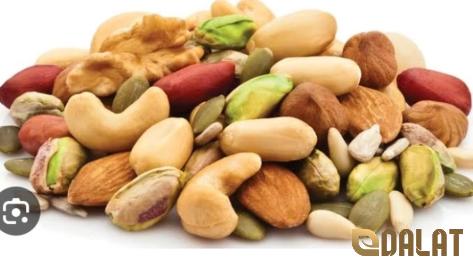
.
**Nutritional Value:** Peanuts are a nutritional powerhouse, packed with essential nutrients and health benefits. They are an excellent source of protein, with a high content of amino acids that are vital for muscle growth and repair. Peanuts are also rich in healthy fats, including monounsaturated and polyunsaturated fats, which can help lower cholesterol levels and reduce the risk of heart disease. Additionally, peanuts are a good source of fiber, vitamins, and minerals, such as vitamin E, niacin, folate, manganese, and magnesium. These nutrients play a crucial role in supporting overall health, boosting immunity, and reducing the risk of chronic diseases. **Health Benefits:** Consuming peanuts regularly can offer a range of health benefits. Studies have shown that including peanuts in your diet may help improve heart health by reducing bad cholesterol levels and lowering the risk of cardiovascular diseases. The monounsaturated fats and antioxidants in peanuts can also help protect against oxidative stress and inflammation in the body. Furthermore, peanuts have been linked to better weight management, as their high protein and fiber content can promote feelings of fullness and reduce overall calorie intake. They may also help regulate blood sugar levels and improve insulin sensitivity, making them a suitable option for individuals with diabetes.
..
 **Culinary Uses:** In Chinese cuisine, peanuts are used in a variety of ways to add flavor, texture, and nutrition to dishes. One of the most popular ways to enjoy peanuts in Chinese cuisine is through the famous “kung pao chicken” dish, where roasted peanuts are mixed with tender chicken, vegetables, and a savory sauce for a flavorful and satisfying meal. Peanuts are also commonly used in cold dishes, salads, stir-fries, and noodle dishes to create a crunchy texture and nutty flavor. They can be ground into peanut sauce for dipping or drizzling over noodles, tofu, or vegetables. In addition, peanuts are often roasted and coated with a sweet or savory glaze to make a popular snack in China. **Recipe Ideas:** For those looking to incorporate more peanuts into their diet, here are a few simple and delicious recipe ideas inspired by Chinese cuisine: 1. **Spicy Peanut Noodles:** Cook your favorite noodles according to package instructions. In a separate pan, combine sesame oil, soy sauce, peanut butter, chili garlic sauce, and a splash of rice vinegar. Toss the cooked noodles in the spicy peanut sauce and top with chopped scallions, sesame seeds, and roasted peanuts for a flavorful dish. 2. **Kung Pao Tofu:** Cube firm tofu and marinate in a mixture of soy sauce, rice vinegar, and cornstarch. In a hot skillet, stir-fry the tofu with diced bell peppers, onions, and peanuts until golden brown. Add a sauce made of soy sauce, hoisin sauce, and chili paste, and serve over steamed rice for a satisfying meal. 3. **Cold Peanut Noodle Salad:** Cook and chill soba noodles. Toss the noodles with a dressing of peanut butter, soy sauce, ginger, garlic, and sesame oil. Add in julienned cucumbers, carrots, and bell peppers, and garnish with chopped peanuts and cilantro for a refreshing and flavorful salad. **Conclusion:** Peanuts play a significant role in Chinese cuisine, offering a unique blend of flavor, texture, and nutrition to a wide range of dishes. From stir-fries and salads to sauces and snacks, peanuts have become a beloved ingredient in Chinese cooking, celebrated for their health benefits and cultural significance. By understanding the rich history, nutritional value, and culinary uses of peanuts in Chinese cuisine, you can truly appreciate the versatility and deliciousness that this humble legume brings to the table. So, the next time you enjoy a dish featuring peanuts, savor not only the taste but also the heritage and health benefits that these little legumes have to offer. **Additional Health Benefits:** In addition to the well-known benefits of peanuts, there are some lesser-known advantages that make them a valuable addition to your diet.
**Culinary Uses:** In Chinese cuisine, peanuts are used in a variety of ways to add flavor, texture, and nutrition to dishes. One of the most popular ways to enjoy peanuts in Chinese cuisine is through the famous “kung pao chicken” dish, where roasted peanuts are mixed with tender chicken, vegetables, and a savory sauce for a flavorful and satisfying meal. Peanuts are also commonly used in cold dishes, salads, stir-fries, and noodle dishes to create a crunchy texture and nutty flavor. They can be ground into peanut sauce for dipping or drizzling over noodles, tofu, or vegetables. In addition, peanuts are often roasted and coated with a sweet or savory glaze to make a popular snack in China. **Recipe Ideas:** For those looking to incorporate more peanuts into their diet, here are a few simple and delicious recipe ideas inspired by Chinese cuisine: 1. **Spicy Peanut Noodles:** Cook your favorite noodles according to package instructions. In a separate pan, combine sesame oil, soy sauce, peanut butter, chili garlic sauce, and a splash of rice vinegar. Toss the cooked noodles in the spicy peanut sauce and top with chopped scallions, sesame seeds, and roasted peanuts for a flavorful dish. 2. **Kung Pao Tofu:** Cube firm tofu and marinate in a mixture of soy sauce, rice vinegar, and cornstarch. In a hot skillet, stir-fry the tofu with diced bell peppers, onions, and peanuts until golden brown. Add a sauce made of soy sauce, hoisin sauce, and chili paste, and serve over steamed rice for a satisfying meal. 3. **Cold Peanut Noodle Salad:** Cook and chill soba noodles. Toss the noodles with a dressing of peanut butter, soy sauce, ginger, garlic, and sesame oil. Add in julienned cucumbers, carrots, and bell peppers, and garnish with chopped peanuts and cilantro for a refreshing and flavorful salad. **Conclusion:** Peanuts play a significant role in Chinese cuisine, offering a unique blend of flavor, texture, and nutrition to a wide range of dishes. From stir-fries and salads to sauces and snacks, peanuts have become a beloved ingredient in Chinese cooking, celebrated for their health benefits and cultural significance. By understanding the rich history, nutritional value, and culinary uses of peanuts in Chinese cuisine, you can truly appreciate the versatility and deliciousness that this humble legume brings to the table. So, the next time you enjoy a dish featuring peanuts, savor not only the taste but also the heritage and health benefits that these little legumes have to offer. **Additional Health Benefits:** In addition to the well-known benefits of peanuts, there are some lesser-known advantages that make them a valuable addition to your diet.
…
Peanuts are rich in resveratrol, a powerful antioxidant that has been linked to various health benefits, including anti-inflammatory effects and protection against certain types of cancer. This compound is also found in red wine and grapes, but peanuts provide a convenient and delicious way to incorporate it into your diet. Moreover, peanuts contain high levels of biotin, a B-complex vitamin that plays a crucial role in supporting healthy skin, hair, and nails. Biotin is essential for the metabolism of fats, proteins, and carbohydrates, helping convert food into energy and promoting overall well-being. **Varieties of Peanuts in Chinese Cuisine:** In Chinese cuisine, there are several different varieties of peanuts that are commonly used in cooking. Each variety has its own unique characteristics in terms of flavor, size, and texture, making them suitable for specific dishes or culinary applications. – **Raw Peanuts:** Raw peanuts are uncooked and can be used in various ways in Chinese cuisine. They can be roasted, boiled, or fried to add a nutty flavor and crunchy texture to dishes like stir-fries, salads, and congee. – **Roasted Peanuts:** Roasted peanuts are a popular snack in China and are often seasoned with salt, spices, or sugar for added flavor. They can also be crushed or ground into peanut powder to make sauces, dressings, and desserts. – **Blanched Peanuts:** Blanched peanuts are peanuts from which the skins have been removed. They have a smooth texture and mild flavor, making them ideal for dishes where you want the nuttiness of peanuts without the added crunch or bitterness from the skins. – **Peanut Oil:** Peanut oil is commonly used in Chinese cooking for stir-frying, deep-frying, and sautéing. It has a mild flavor and high smoke point, making it a versatile and healthy option for cooking various dishes. **Peanut Allergies and Considerations:** It is important to note that while peanuts offer numerous health benefits, they are also one of the most common food allergens worldwide. Peanut allergies can range from mild to severe, with symptoms that may include hives, swelling, difficulty breathing, and even anaphylaxis in extreme cases. If you have a peanut allergy or sensitivity, it is crucial to avoid consuming peanuts and products containing peanuts to prevent allergic reactions. Additionally, cross-contamination can occur in food processing facilities, so always read food labels carefully and ask about potential allergen exposure when dining out.
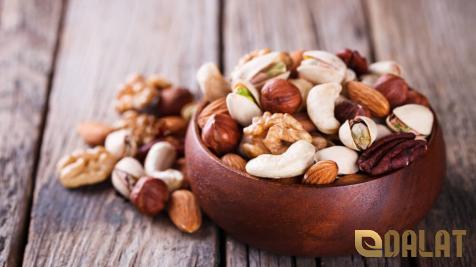

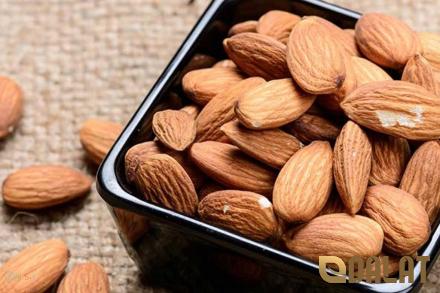
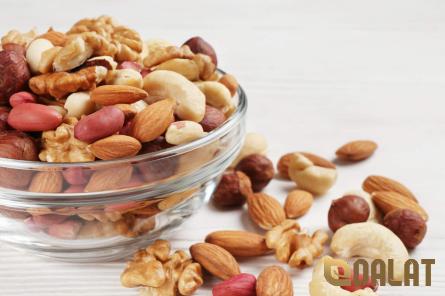
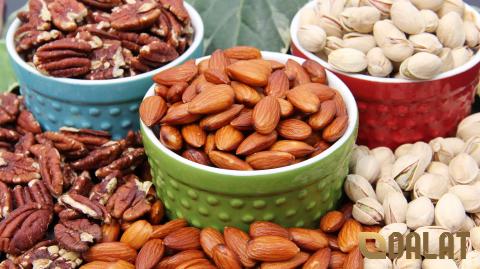
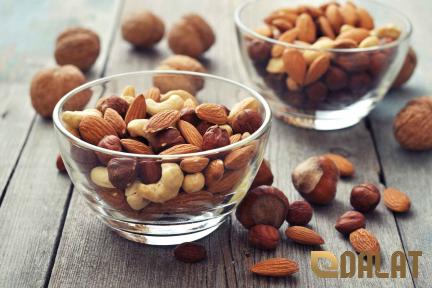
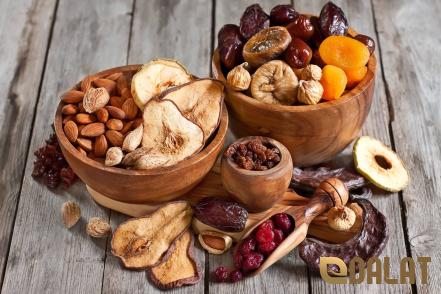
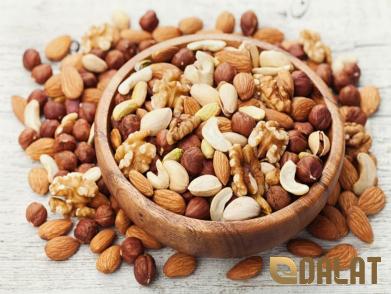
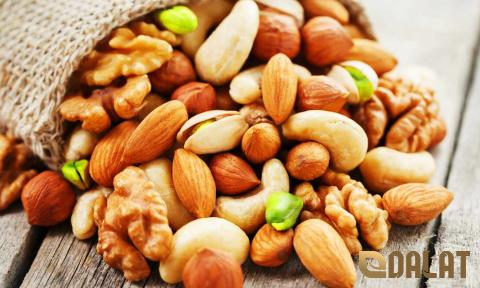
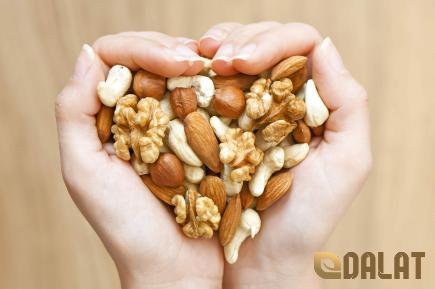
Your comment submitted.